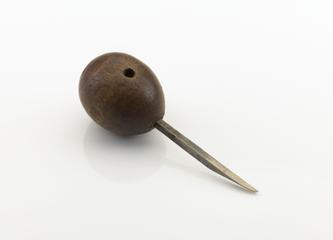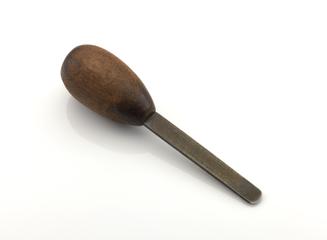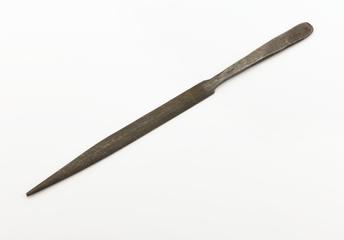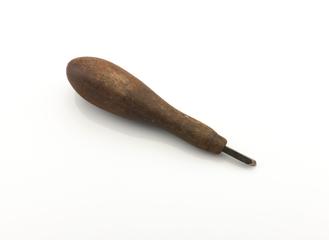
Planing machine
- Made:
- 1817 in Manchester
- maker:
- Richard Roberts
Original planing machine for metals by Richard Roberts, 1817
This machine, made by Richard Roberts in 1817, is believed to be the earliest planer now in existence and one of the first made for planing metal. It is evident from the marks of chisel and file on the bed that it was itself made without the use of a similar appliance.
In general design the machine bears a strong resemblance to the modern planer. The work is bolted to a table which moves to and fro on a straight bed, under a fixed tool which is capable of being traversed so that, by the two motions, plane surfaces are produced as the tool makes successive cuts. The table is mounted on one side on a narrow flat face and on the other on an inverted V and is hand operated by means of a chain and drum. The cross slide is supported on two standards bolted to the bed and is provided with vertical adjustments by two screws which are not however interconnected. It has an internal screw for traversing the tool rest which is capable of angular movement and is fitted with a separate hand feed motion for the head. The tool is held in a hinged clamp which allows it to lift on the return stroke. The table is 52 inches long and 11 inches wide.
Details
- Category:
- Hand and Machine Tools
- Object Number:
- 1860-59
- Materials:
- cast iron, wrought iron and steel (metal)
- Measurements:
-
overall: 2500 x 1150 x 2000 mm (approximate)
- type:
- planing machine
- credit:
- Roberts, R.




